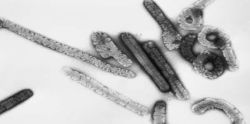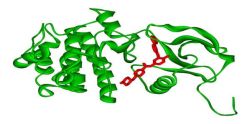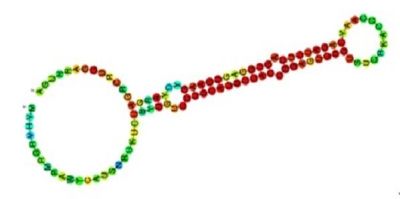Scientists at The Scripps Research Institute (TSRI) have captured the first images showing how immune molecules bind to a site on the surface of Marburg virus. The findings have been published in the journal Cell.
The Marburg virus is Ebola's deadly cousin and is believed to be up to 90 percent lethal. The team of scientists describe an antibody that binds to both Ebola and Marburg virus. This could potentially lead to the development of new antibody treatments that would be able to fight these viruses.
By studying this antibody and how it binds to the virus, the researchers wanted to find new points of attack for the virus. The scientists grew crystals of the antibody attached to its viral target. They then exposed it to x-ray diffraction. They observed that the antibody attached to the virus and blocked its ability to bind to a receptor and get its genetic material into human cells.
“These cross-reactive antibodies are a straightforward route to a therapeutic,” said TSRI Professor Erica Ollmann Saphire, senior author of new study. “You could use these antibodies directly against Marburg virus or—with a bit more engineering—use them to also target Ebola virus.”
The Marburg virus is spread to humans by bats. It can result in massive haemorrhaging and organ failure. There are some who believe that the Marburg virus could result in a big outbreak in the future as it can migrate to a densely populated area just like Ebola.
The researchers are hopeful that the antibody could also be used to inactivate Ebola since both these viruses enter cells the same way.
A companion paper was also published in Cell with this new study. Led by researcher James E. Crowe Jr. at Vanderbilt University and co-authored by TSRI Associate Professor Andrew Ward and C. Daniel Murin, a TSRI graduate student, it shows low-resolution structures of other antibodies with the potential to bind to the same receptor on Marburg virus.
Both these studies give hope that a cross-reactive antibody treatment could be designed to combat these viruses and to better prepare for future outbreaks.
Source: The Scripps Research Institute
Image Credit: Wikimedia Commons























